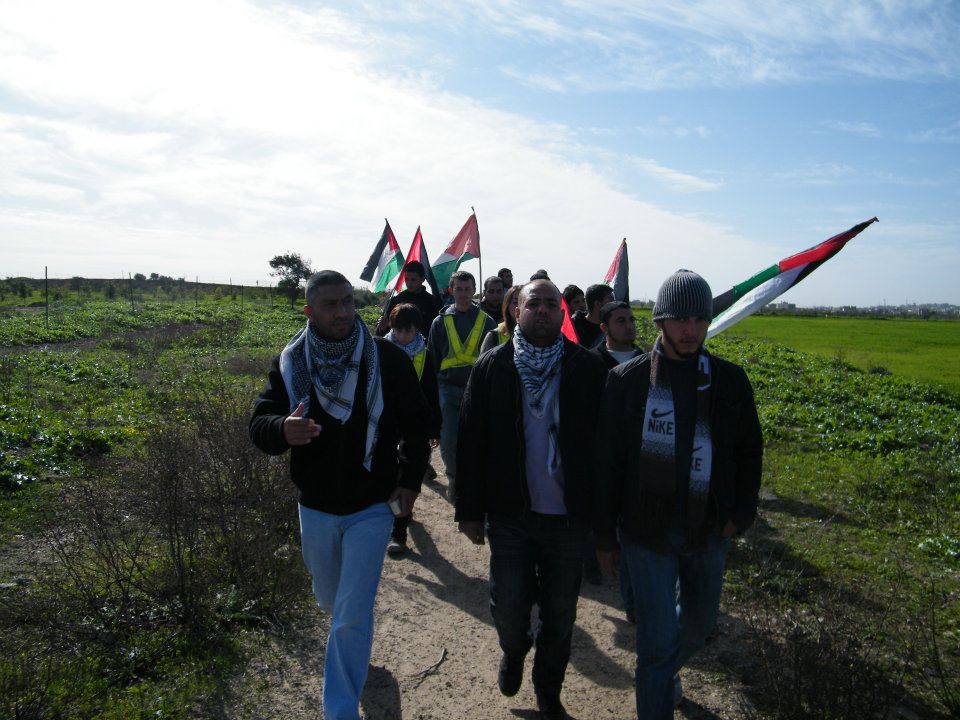Tag: Blockade
-
Further into the No Go Zone
by Nathan Stuckey 19 January 2012 Every Tuesday we gather next to the half destroyed Beit Hanoun Agricultural College. At eleven o’clock, we set out into the no go zone. This week there were about thirty of us, members of the Beit Hanoun Local Initiative, the International Solidarity Movement, and other activists from Gaza. At…
-
A call from Gaza fishermen
11 January 2012 | Besieged Gaza, Occupied Palestine >Do not forget Palestinian fishermen who are prevented from fishing beyond the unilaterally imposed Israeli limit of 3 nautical miles and whose life is constantly under threat from the Israeli Naval Forces. We are waiting for you to lift the naval blockade imposed on the Gaza Strip…
-
Resistance continues, demonstration in the No Go Zone
by Nathan Stuckey 11 January 2012 | International Solidarity Movement, Gaza Every Tuesday we gather in front of the Beit Hanoun Agricultural College, members of the Beit Hanoun Local Initiative, the International Solidarity Movement and other activists from all over Gaza. We gather, and we march into the no go zone. Sometimes we are shot…



